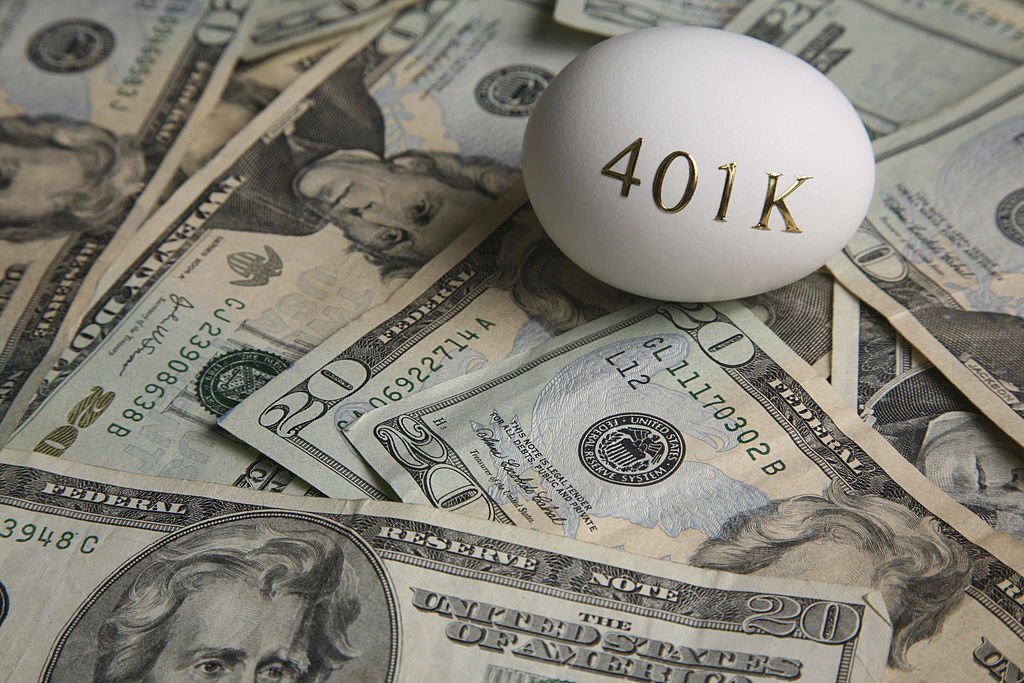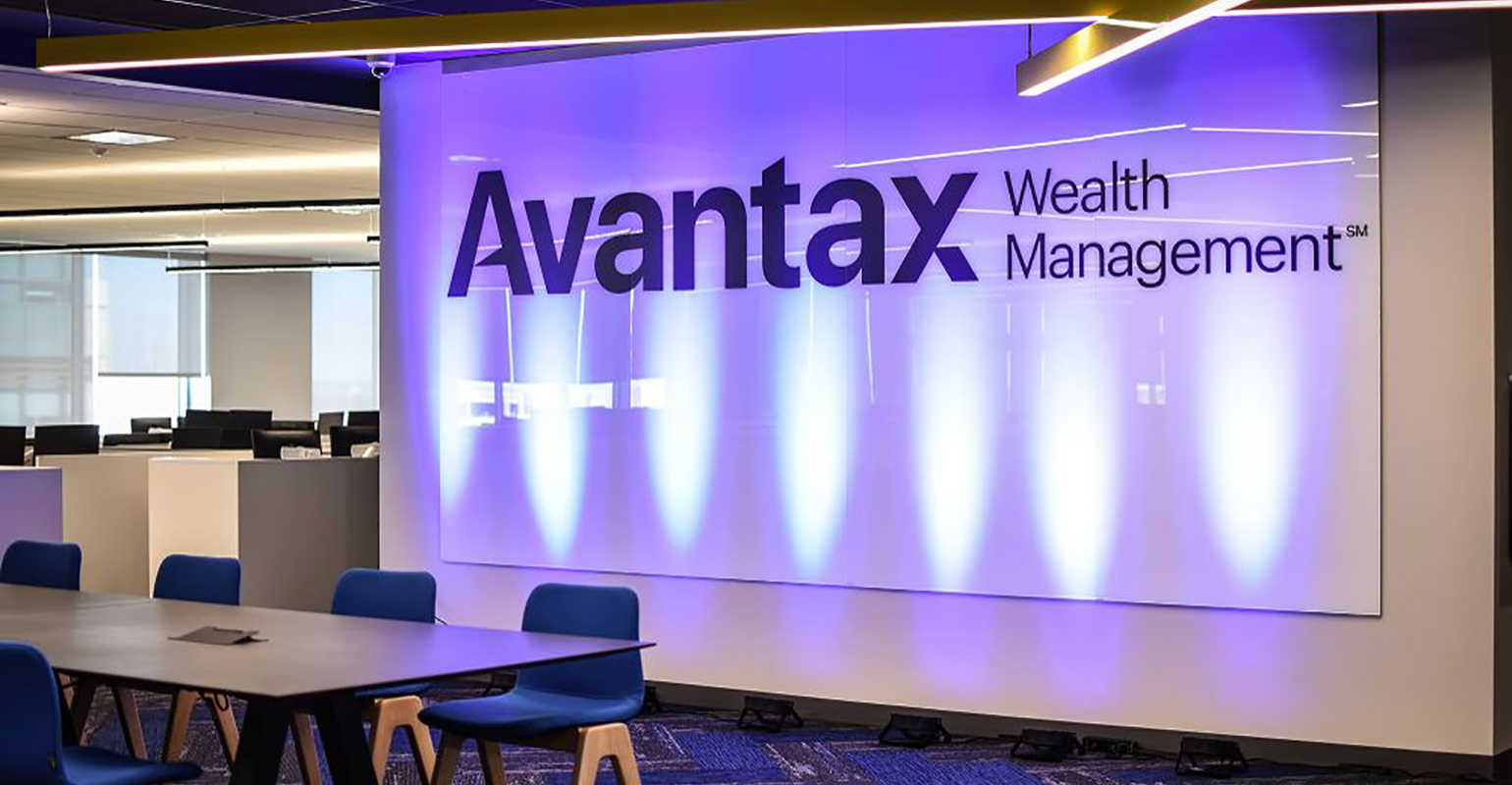Does your small business provide a 401(k) plan for your employees? If it does, the employees can contribute to their accounts within generous limits, building up funds for their retirement. Furthermore, the tax law allows 401(k) participants to make additional “catch-up contributions” when they’re past the prime of their careers.
Even better the new retirement planning last passed late last year—dubbed SECURE 2.0—generally enhances the rules for catch-up contributions. Now a new IRS ruling delays implementation of a SECURE 2.0 requirement affecting high-earning employees.
Details: For starters, employee deferrals to a 401(k) are made through withholding on a pre-tax basis. The amounts contributed to your account compound without any tax erosion. This allows you to build a sizeable nest egg. Withdrawals aren’t taxable as ordinary income only when they are made—usually, in retirement when you’re probably in a lower tax bracket.
Frequently, an employer will match a portion of deferrals, so there is an added incentive for employees to participate. A common match is 50% percent of the first 6% of the amount you save. For instance, if your salary is $100,000 and you contribute 6%, or $6,000, to the plan, the employer may provide a matching contribution of $3,000. (Other special rules nondiscrimination rules may come into play)

How much can an employee contribute each year? The limits are generous and indexed annually for inflation. For 2023, the limit on employee deferrals is $22,500. Plus, an employee age 50 or older can kick in an extra $7,500 catch-up contribution, bringing the maximum total for 2023 to $30,000.
The new SECURE 2.0 law adds another layer, beginning in 2025, for participants who are age 60 through 63. If you’re in this group, the catch-up contribution maximum is increased to the greater of $10,000 or 150% of the regular catch-up contribution amount for 2024. The $10,000 amount will be adjusted for inflation annually, beginning in 2026.
For example, using the 2023 catch-up contribution limit of $7,500, the extra catch-up contribution for plan participants age 60-63 comes out to $11,250. And you can expect the actual figure to be even higher two years from now.
Also, SECURE 2.0 requires catch-up contributions for employees who had wages over $145,000 during the previous year to deposit these amounts in a Roth 401(k) account. This change applies to all participants above the $145,000 wage threshold who are age 50 or older—not just those age 60-63. Initially, the Roth 401(k) rule was scheduled to take effect on January 1, 2024.
Tax update: Bowing to pressure from the tax and financial communities, the IRS is providing employers with a reprieve. Under the new ruling, an employer will now have until January 1, 2026 to implement the new rule relating to Roth 401(k)s. This gives businesses two more years to comply with the requirements.
The new ruling also addresses a glitch in SECURE 2.0 that inadvertently eliminates catch-up contributions after 2023. It clarifies that contributions are still allowed for 2024 and thereafter.
If you have any questions relating to catch-up contributions, don’t hesitate to contact a professional advisor.
Thanks for reading CPA Practice Advisor!
Subscribe Already registered? Log In
Need more information? Read the FAQs
Tags: Financial Planning, Payroll





